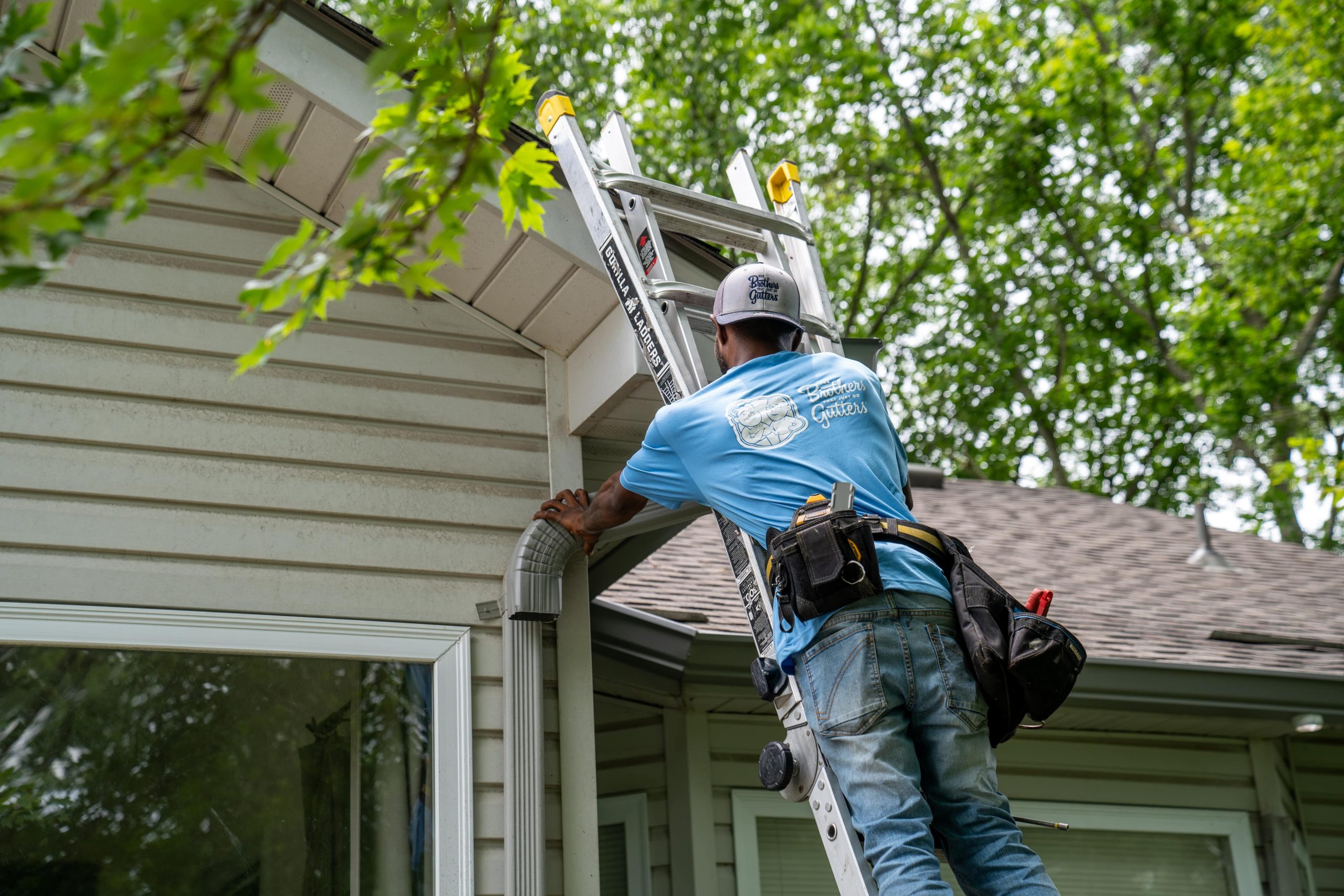When it comes to maintaining your property, ensuring proper drainage is a crucial aspect to prevent water damage to your home’s foundation and landscaping. Dunbarton, NH, with its diverse weather conditions, requires homeowners to be proactive in managing rainwater runoff. One common challenge faced by homeowners is the need to run a downspout under a sidewalk to direct water away from the house and yard. This article will guide you through the process of running a downspout under a sidewalk, providing detailed steps to help you tackle this project effectively.
Preparation and Planning
Before beginning the project of running a downspout under a sidewalk, it’s important to undertake thorough preparation and planning to ensure a successful outcome. Here are the essential steps to consider:
Assess the location: Identify the ideal placement for the downspout and plan the path it will take under the sidewalk. Take into account the existing layout of your yard and any underground utilities that may be present.
Obtain necessary permits: Check local building codes and regulations to determine if permits are required for this type of project. It’s crucial to adhere to any applicable guidelines to avoid complications in the future.
Gather the required tools and materials: You will need a variety of tools and materials for this project, including a shovel, a digging bar, PVC piping, a handsaw, and concrete mix. Ensure you have everything you need before starting the work.
Excavation and Trenching
Once you have completed the necessary preparation, it’s time to begin the excavation and trenching process. This stage requires careful attention to detail to ensure the downspout can be run under the sidewalk effectively. Follow these steps for successful excavation and trenching:
Mark the trench line: Use marking paint or another suitable method to outline the path where the trench will be dug. This will provide a clear guide for the excavation process.
Dig the trench: Using a shovel and digging bar, carefully excavate the trench along the marked path. Pay close attention to the depth and width of the trench to accommodate the downspout and piping.
Create a tunnel under the sidewalk: Once the trench is dug on both sides of the sidewalk, use a suitable method to create a tunnel or passage underneath the sidewalk. This may involve using a tunneling kit or other specialized equipment to ensure a clear pathway for the downspout.
Installation of Downspout and Piping
With the excavation and trenching completed, the next step involves the installation of the downspout and piping to connect the gutter system to the underground drainage pathway. Follow these guidelines for a successful installation:
Connect the downspout: Position the downspout at the designated location, ensuring a secure and stable connection to the gutter system. Use appropriate connectors and hardware to secure the downspout in place.
Lay the piping: Install the PVC piping through the trench and the tunnel under the sidewalk, ensuring a smooth and continuous pathway for water drainage. Use suitable fittings and connectors to join the piping sections securely.
Secure the piping in place: Use stakes or straps to secure the piping along the trench and tunnel, preventing movement or displacement over time. This step is crucial to maintain the integrity of the drainage system.
Backfill and Restoration
Once the downspout and piping are correctly installed, it’s essential to complete the backfilling and restoration process to ensure a neat and professional finish to the project. Follow these steps for effective backfilling and restoration:
Replace the soil: Fill the trench on both sides of the sidewalk with the excavated soil, ensuring it is firmly packed to provide stable support for the piping and prevent shifting.
Restore the sidewalk: Use concrete mix to repair any damage caused to the sidewalk during the tunneling process. Ensure the surface is level and smooth, providing a seamless appearance once the project is completed.
Test the drainage system: Run water through the downspout and piping to confirm that the drainage system is functioning correctly. Check for any leaks or issues that may require further attention.
By following these steps, you can successfully run a downspout under a sidewalk, effectively managing rainwater runoff and protecting your property from potential water damage.
To conclude
Managing rainwater runoff is essential for protecting your property from water damage, and running a downspout under a sidewalk presents a unique set of challenges. By carefully planning and executing the project, you can ensure effective drainage while maintaining the integrity of your landscape and infrastructure.
For professional assistance with gutter installation, repair, and maintenance in Dunbarton, NH, rely on Brothers Gutters of Merrimack Valley. With a focus on reliability and craftsmanship, they offer seamless gutter systems designed to last, delivered with honesty, professionalism, and top-tier customer service. Contact them today for a free quote.
Get Free Quote
Zip codes served: 03046


